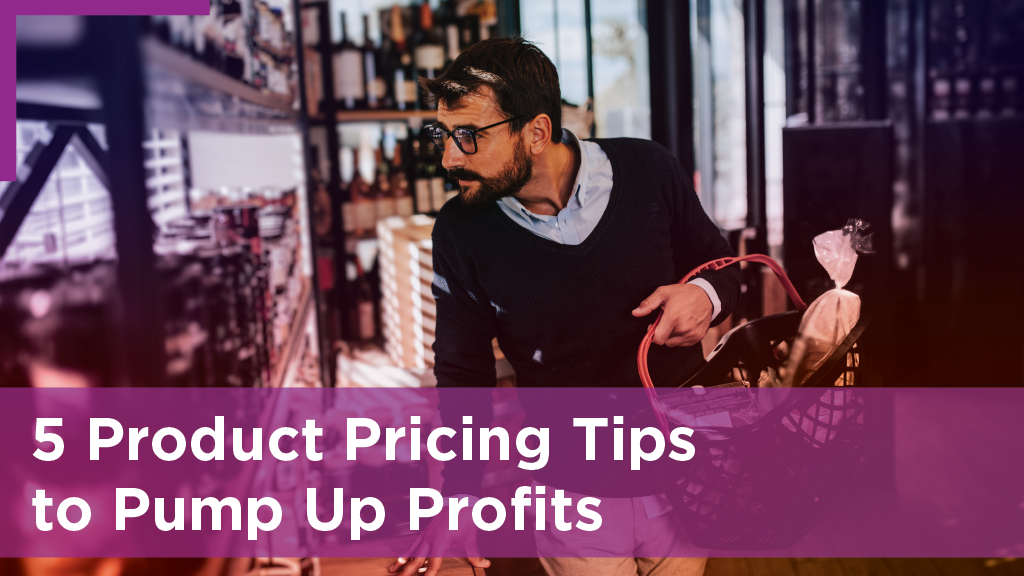
5 product pricing tips to pump up profits. It’s critical for small businesses to keep their profit margins strong. Setting prices for products correctly is essential to both boosting present profitability and promoting future growth. The art of pricing for profit is a crucial skill that many entrepreneurs may not naturally possess, so it is imperative that small business owners develop it.
When deciding how much to charge for their products and services, entrepreneurs must take into account the time and inherent value of their work. Customers are frequently prepared to pay more for higher quality, which highlights the importance of strategic pricing. Establishing prices that are excessively high for low-value goods or too low for high-value goods can undermine consumer trust. Take into consideration applying these five pricing strategies to increase profitability and obtain a competitive advantage.
Retail to wholesale:
Calculate the costs of manufacturing and marketing the products. During this process, you must outline your marketing strategy. If you want to sell through retailers, you should budget for commissions. When approaching retailers, your selling price must match the wholesale price. Because shops resell products, it’s critical to avoid competing with them when deciding on retail pricing. The pricing formula is as follows: retail price = wholesale price x 2.5, while wholesale price equals total cost x 2. If you have a wholesale price of $40 and a retail price of $100, your total cost is $20.
Premium costs:
Companies with unique products use this method regularly and charge significant costs. If your product has a patent or trade secret that offers it a competitive advantage, you should utilize it.
Bundled offers:
Multiple items can be offered at a lower price than if they were sold individually. Frequent examples are Buy One Get One Free and Buy One Get One Half Off. This strategy helps you reduce inventory while enhancing the value perception of your customers.
Time-limited offers:
This strategy produces a sense of urgency and compels customers to purchase immediately. Consider using a discount or inventory countdown timer on product pages.
Psychological pricing:
Psychological pricing is a pricing approach that uses psychology or the subconscious to get customers to pay more. For instance, $6.99 is considered to be “cheaper” than $7. The idea is that buyers would view the somewhat reduced cost as a bargain and feel encouraged to make the purchase.
After putting a pricing strategy into action for a few months, review and revise your plan. Depending on the situation, you could need to adjust product prices, deal with a competitor, or adjust pricing to changing market trends. Don’t be afraid to change your direction when it’s required. A solid pricing strategy can help your business maintain its competitive edge and attract new customers.
 Email This Post
Email This Post


